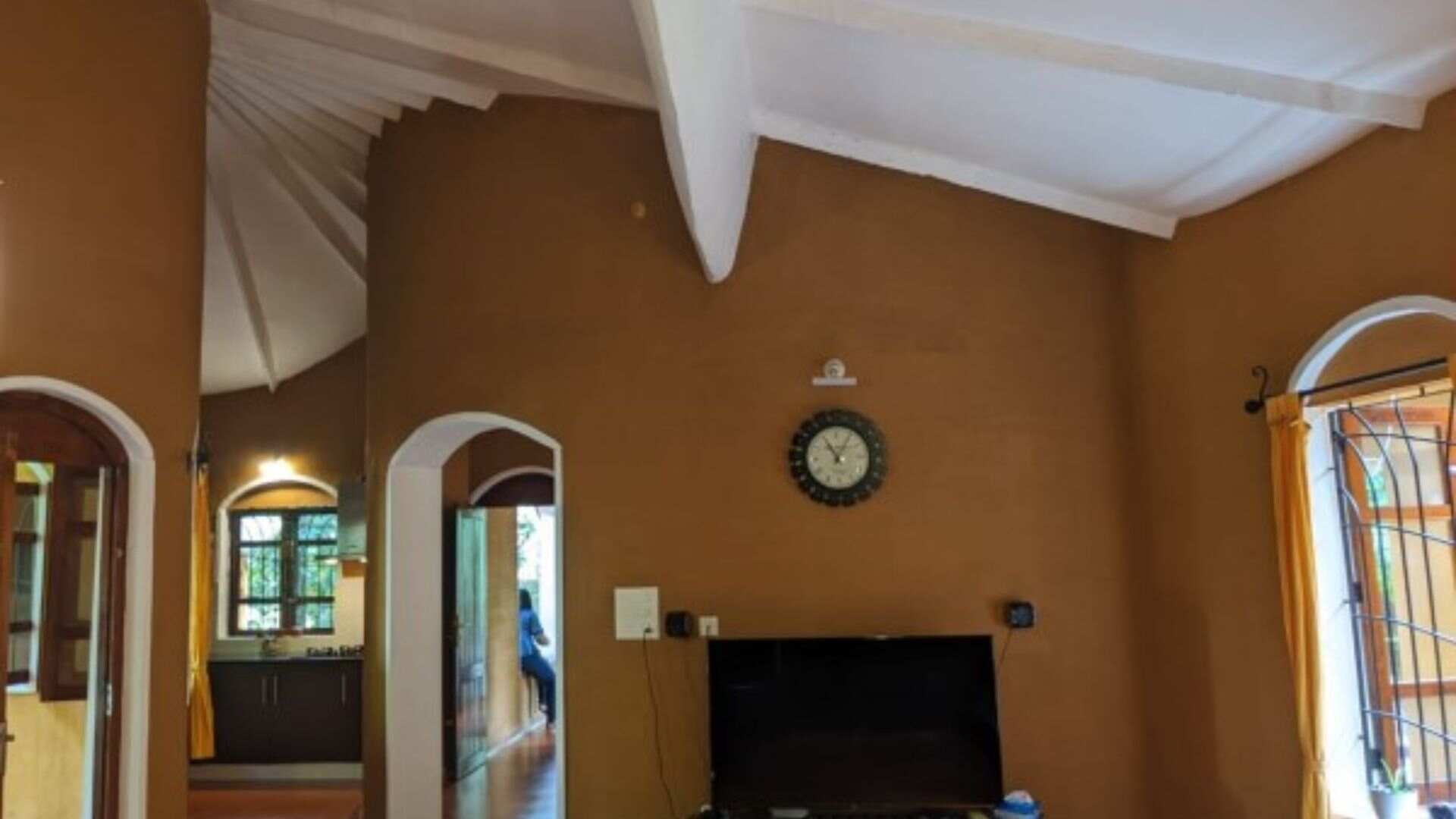
When Pune faced intense summer heat, leading many to rely on air conditioners, architect Rohan Nahar and his team at Studio Roots and Basics needed only a fan for three hours a day. Their office, constructed with mud from the site, construction waste, and lime, exemplifies sustainable building practices.
Nahar has designed an eco-village in Panchgani, a mud house in Kerala, and a climate-responsive building in Bhusaval, Jalgaon. His work has drawn interest from people and organizations in Spain, Portugal, and the US, who are eager to build homes using local, natural materials to minimize carbon footprints. For Nahar, the primary material is mud, which he refers to as ‘brown gold’.
The United Nations Environment Programme states that the construction industry is a major contributor to greenhouse gas emissions, responsible for 37 per cent of global emissions due to materials like cement, steel, and aluminum.
Using mud for construction is an ancient tradition in India and many parts of the world, and modern architects are revisiting this practice. Nahar, involved in environment-sensitive construction since 2013, emphasizes “space and people specific” designs and has shared his knowledge through lectures, publications, and collaborations with government bodies.
“There are certain basic principles in architecture. You should have natural light and ventilation. If you sit under a tree and are comfortable and if you sit inside your house and are not comfortable, then something is going wrong,” Nahar explains.
His approach is based on three pillars: environmental sustainability, economic sustainability (using alternative materials that are maintainable and provide economic stability to workers), and social sustainability (creating opportunities for local contractors and workers).
Nahar’s clientele includes second home builders, resort owners, and organizations like Barefoot College International, for whom he is designing a campus in Rajasthan. He is also working to attract a middle-class clientele. “We are trying to create awareness of the fact that with conventional construction systems, 60 per cent of cost is for cement, steel, and other materials and 40 per cent is labour cost but building a home that reduces the carbon footprint reverses this—60 per cent is labour charge and 40 per cent is for materials,” he says. “Such housing is not cheap, but they can help you save on maintenance later.”
The Indian construction market, one of the largest globally, is expected to grow at over 6 per cent annually from 2023 to 2026. Despite growing environmental awareness, sustainable construction remains a minority choice compared to conventional methods.
Addressing the urban construction dilemma, Nahar remarks, “It is a very difficult question to answer about what we can do with the current urban situation, where people’s wants are way too many. I also don’t think that we can replace all the current building materials but we can start using recyclable materials, such as fly ash bricks that have a certain amount of recycling materials, mud concrete blocks and adobes as among the few alternative materials,” Nahar says. “The only answer to global warming is lifestyle modification. What we take from the earth should be able to go back to the earth.”